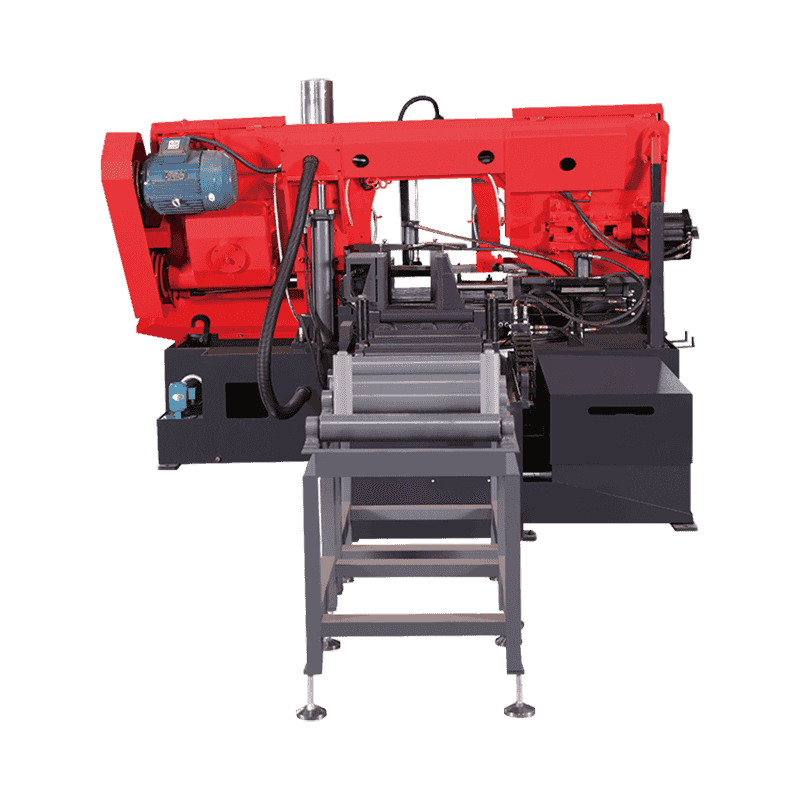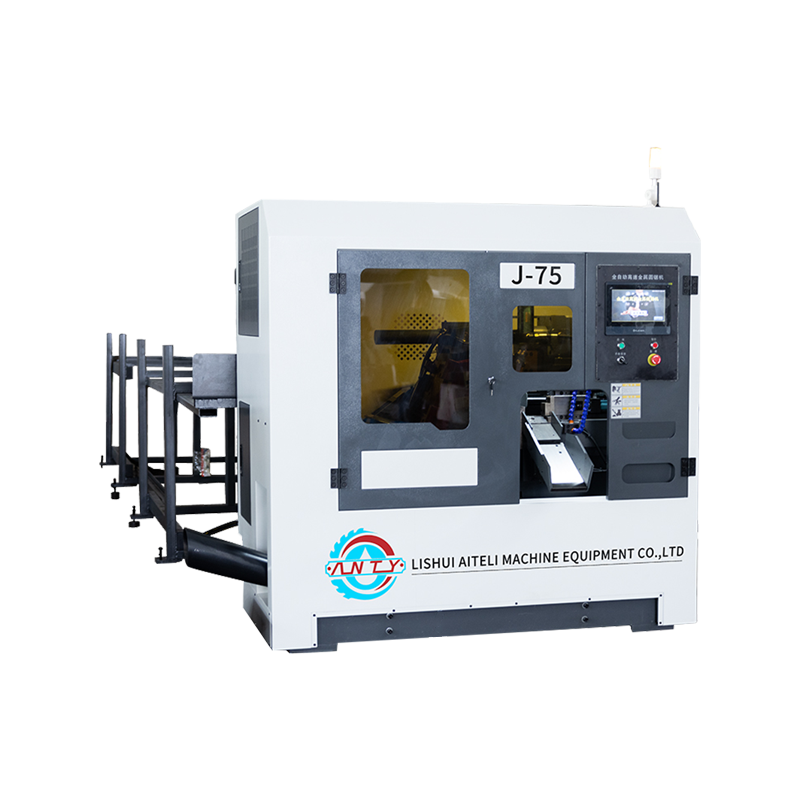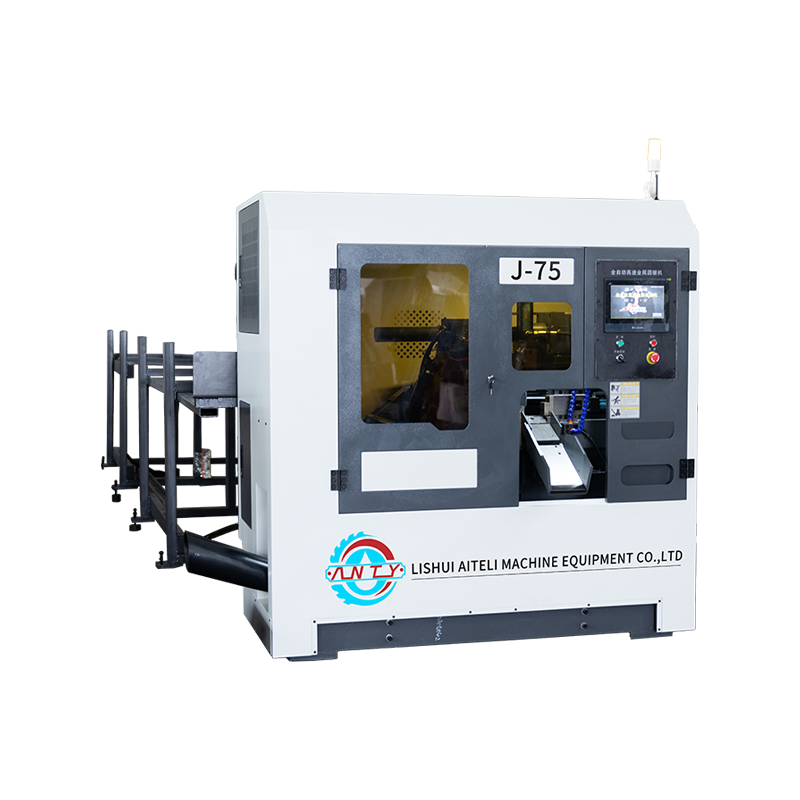Where Can Metal Cutting Band Sawing Machine Improve Fabrication Consistency?
Across many fabrication workshops, equipment such as a CNC full automatic High speed circular sawing machine and a Metal cutting Band sawing machine are often used together to meet different cutting tasks. While circular saws handle rapid, high-volume jobs, workshops frequently depend on band sawing machines to manage varied profiles and thicker stock. Operators often observe that fabrication consistency can shift when workloads change, but many of these fluctuations trace back to specific areas where a band sawing machine can support steadier results. Understanding these points helps technicians maintain predictable output during daily operations. Consistent Feed Control Supports Steady Cutting Results A key influence on fabrication consistency lies in how smoothly the material feeds into the blade. Band sawing machines equipped with adjustable feed systems help keep cutting pressure more uniform, especially when working with solid bars, tubes, or irregular shapes. When feed control is set correctly, the blade moves through material without sudden resistance changes, which helps maintain more predictable cut surfaces.Technicians often notice that inconsistency appears when the feed rate is either too fast or too slow. A rate that is too fast may cause the blade to deflect, while a rate that is too slow can create friction and dull the blade earlier than expected. Making moderate adjustments based on material hardness and cross-section helps keep the cutting motion more stable. Periodic checks of hydraulic feed cylinders or mechanical feed components also support smoother operations. Cutting Accuracy Improves When the Blade Is Selected Properly Blade selection directly influences how consistent each workpiece turns out. Variations in tooth pitch, blade width, and material composition can affect how the machine handles different workloads. Using the same blade type for both thick and thin sections may produce inconsistent surfaces or length deviations.Workshops that frequently switch between profiles can benefit from a blade selection routine. This routine evaluates tooth pitch based on chip load, wall thickness, and material hardness. When the blade matches the application, the machine is less likely to experience excessive vibration, blade wandering, or heat buildup—all common factors affecting fabrication consistency. Recording preferred blade setups for repeated jobs also helps operators maintain predictable results. Stable Clamping and Workpiece Support Reduce Variation Another area where the band sawing machine contributes to consistency is in clamping and support. If a workpiece shifts during cutting, even slightly, the resulting cut lengths may differ. Stronger materials such as stainless steel or alloy steel amplify this effect because the blade encounters varying resistance.Ensuring the vise closes uniformly and holds the material securely helps avoid lateral movement. For longer workpieces, using auxiliary roller supports or adjustable stands can prevent sagging, especially during heavy-duty cuts. These small adjustments help ensure the machine encounters the same cutting conditions throughout the stroke, reducing variation in cut angle and length. Blade Guides and Alignment Play a Major Role in Predictable Dimensions Blade guides hold the blade in correct orientation as it moves through the workpiece. When guides are worn or misaligned, the blade may shift slightly, causing angled cuts or inconsistent surfaces. Routine inspection of guide arms, bearings, and carbide inserts helps keep the blade tracking accurately.Operators also benefit from checking vertical alignment between the blade and the vise. When the alignment is correct, the resulting cuts show better parallelism and fewer deviations across batches. Even small misalignments can accumulate during high-volume work, so periodic checks contribute to more stable and predictable results. Coolant Flow Helps Maintain Uniform Cutting Conditions A steady coolant flow helps control blade temperature and improve chip evacuation. When the blade overheats, it may expand slightly or lose sharpness more quickly, which in turn affects surface uniformity. If coolant passages are partially blocked, certain areas of the cut may cool differently, contributing to dimensional variation.Regular inspection of coolant levels, filters, and nozzle direction helps maintain even distribution. Technicians often adjust the coolant angle to ensure it reaches both sides of the blade during the cut. Consistent lubrication and cooling reduce friction-related changes that might otherwise affect fabrication consistency over longer production runs. Drive System Stability Enhances Cutting Repeatability The drive mechanism supports blade speed control, which has a direct influence on cutting results. When belts or pulleys wear, blade speed may fluctuate slightly. These fluctuations can be subtle, but over a long cut they may cause differences in chip formation, surface finish, or cutting angle.



 english
english Русский
Русский Español
Español Русский
Русский
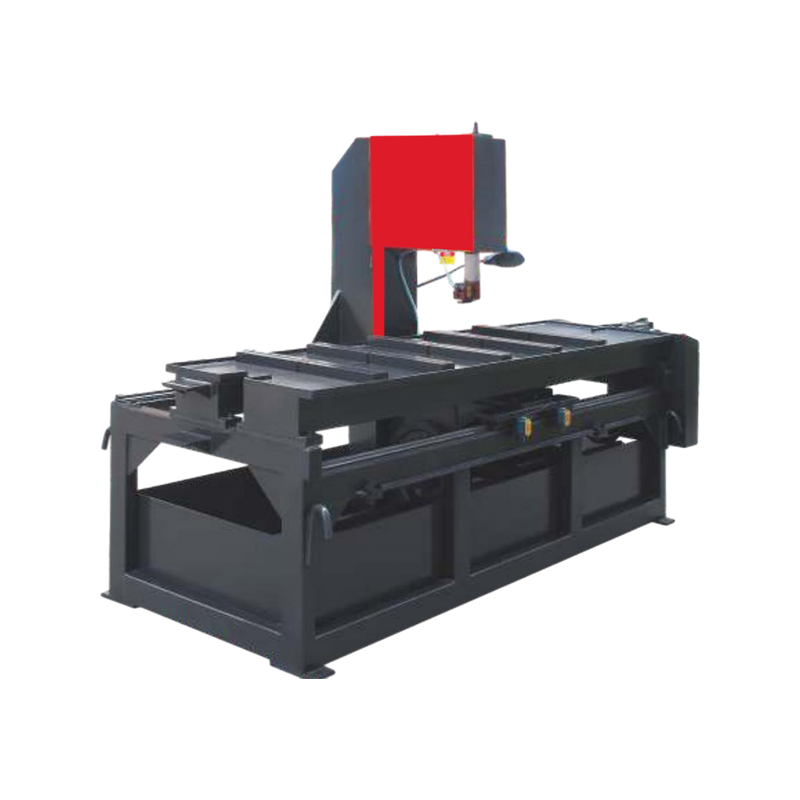
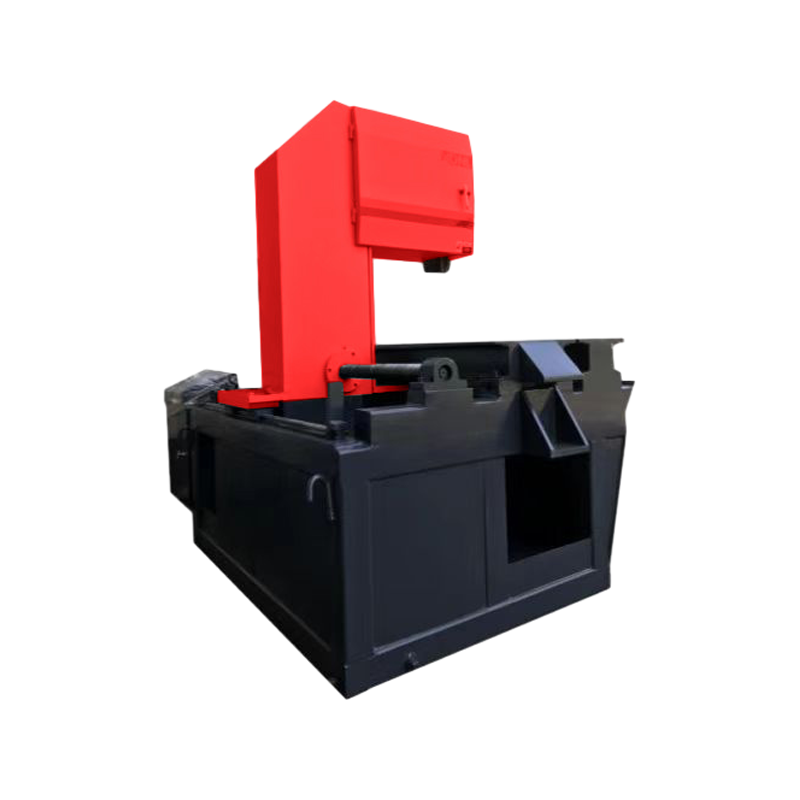



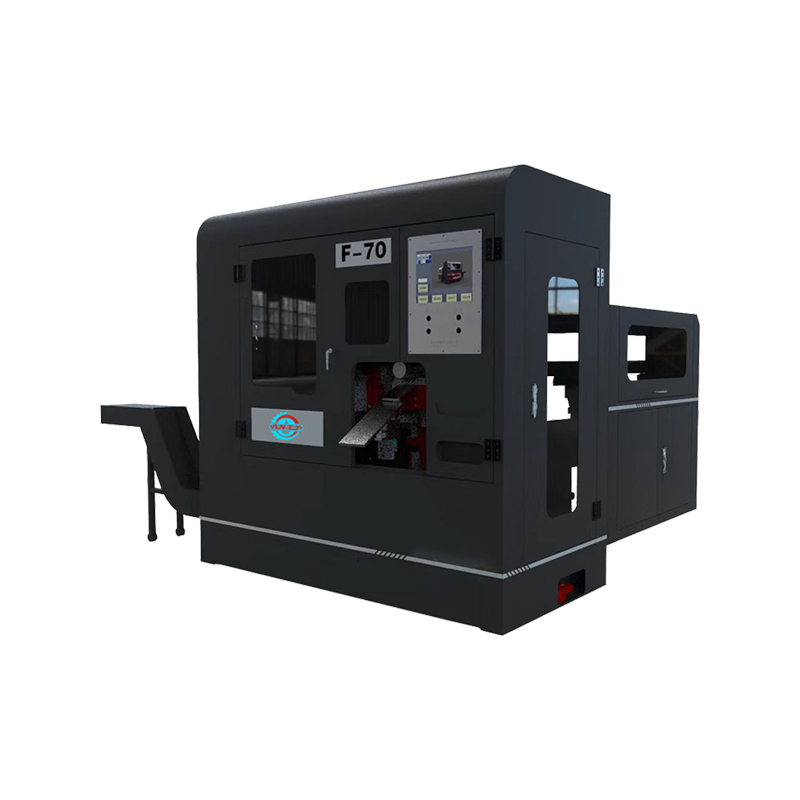
 READ MORE
READ MORE